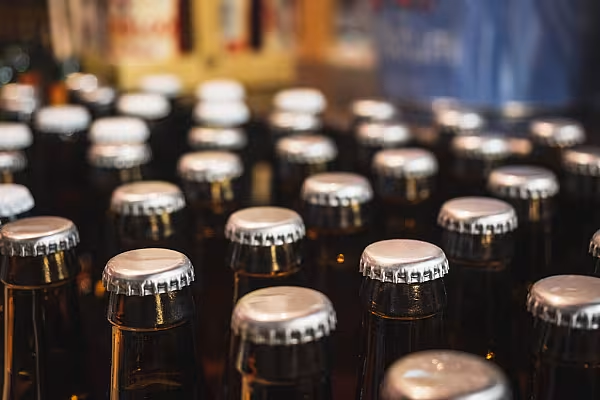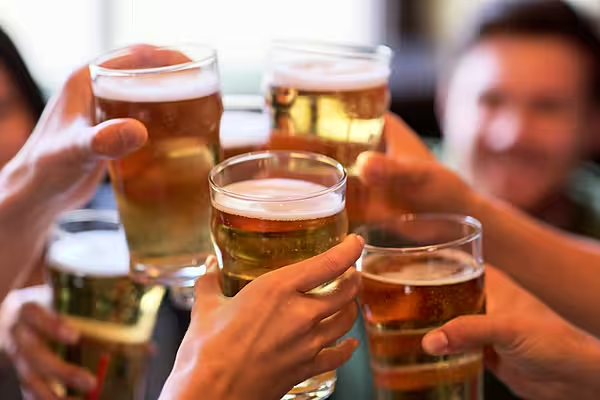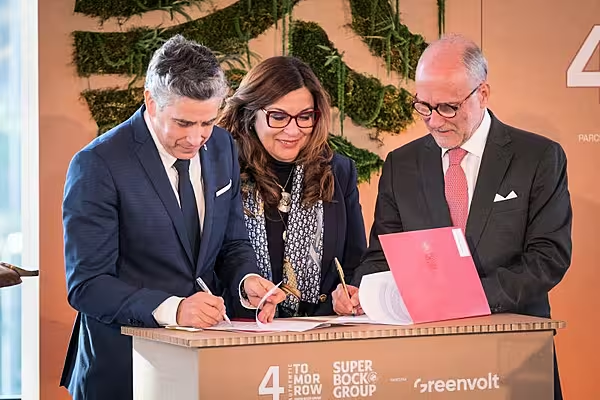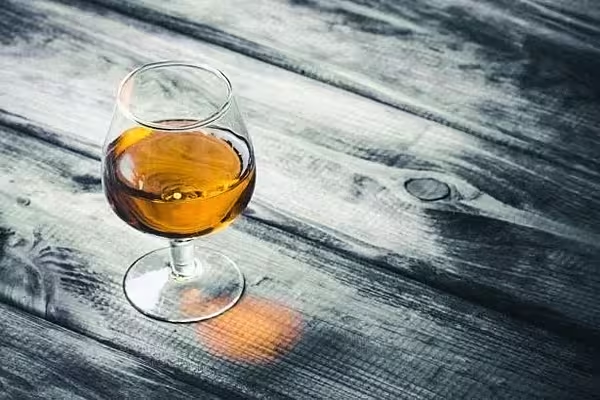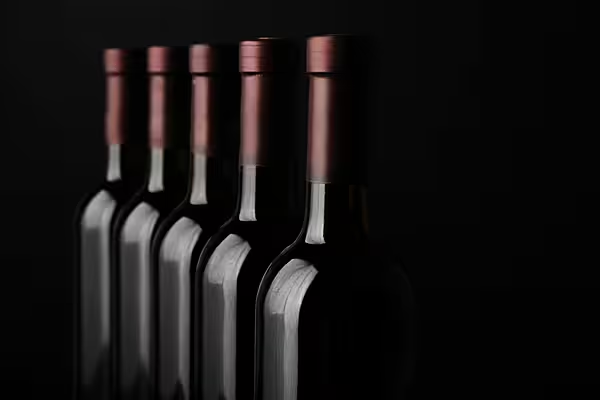Total volumes in the no- and low-alcohol drinks segment are forecasted to grow by just under a third (31%) in the period to 2024, a new study by IWSR Drinks Market Analysis has found.
The No- and Low-Alcohol Strategic Study 2021 found that the segment gained share within the total alcohol beverage market to 3% last year, in spite of wider challenges facing the sector due to the pandemic.
“What we’re seeing is a moderation trend that’s sweeping across key global markets, and that’s bringing with it increased demand for reduced alcohol, or alcohol-free drinks,” commented Mark Meek, CEO of London-based IWSR Drinks Market Analysis.
“Brand owners will have an important role to play in the future development of no- and low alcohol, as increasing the breadth of products available to consumers and their price points will support category growth and broaden its appeal.”
Main Markets
The study focused on the no- and low-alcohol segment in ten markets, Australia, Brazil, Canada, France, Germany, Japan, South Africa, Spain, the UK and the US, which between them account for 75% of consumption in the category.
According to the study, while no/low alcohol beverages overall are on the rise globally, some markets have proved more resilient than others.
For example, Germany, which is the largest no/low alcohol market by volume, saw a 5% drop in consumption in 2020, due to the reliance of the segment on bars and restaurants.
In the US, however, the no/low segment saw a 30% increase in 2020, despite the challenges facing the sector amidst the pandemic.
IWSR said that all ten focus markets included in its study are likely to continue their growth path between now and 2024, with much of the volume growth driven by the US, Germany and Spain. South Africa is likely to experience the highest CAGR volume growth, at approximately 16%.
Beer And Cider
The beer and cider category dominates the no/low alcoholic drinks market, accounting for 92% of the total, IWSR found, with an increasing number of smaller and craft players seeking to gain a foothold in the market.
However, no/low beer registered a flat performance during 2019 and 2020, of 0.5%, while the no/low spirits category which accounts for less than one per cent of the total no/low market, increased volume sales by a third (+32.7%).
“Low-alcohol spirits is smaller than no-alcohol, but extremely strong growth is expected to continue as companies launch low alcohol by volume (ABV) versions of established brands, and consumers show less concern about 0.0% ABV in this category,” said Sophia Shaw-Brown, senior insights manager at IWSR.
© 2021 European Supermarket Magazine – your source for the latest retail news. Article by Stephen Wynne-Jones. Click subscribe to sign up to ESM: The European Supermarket Magazine.
